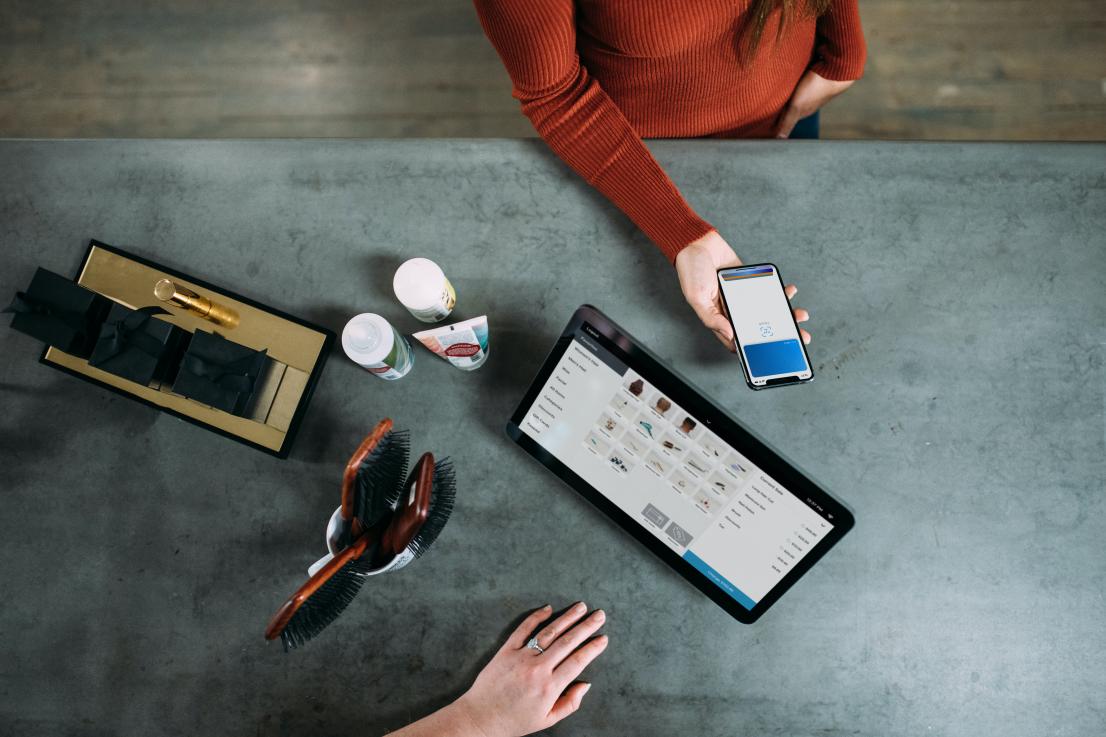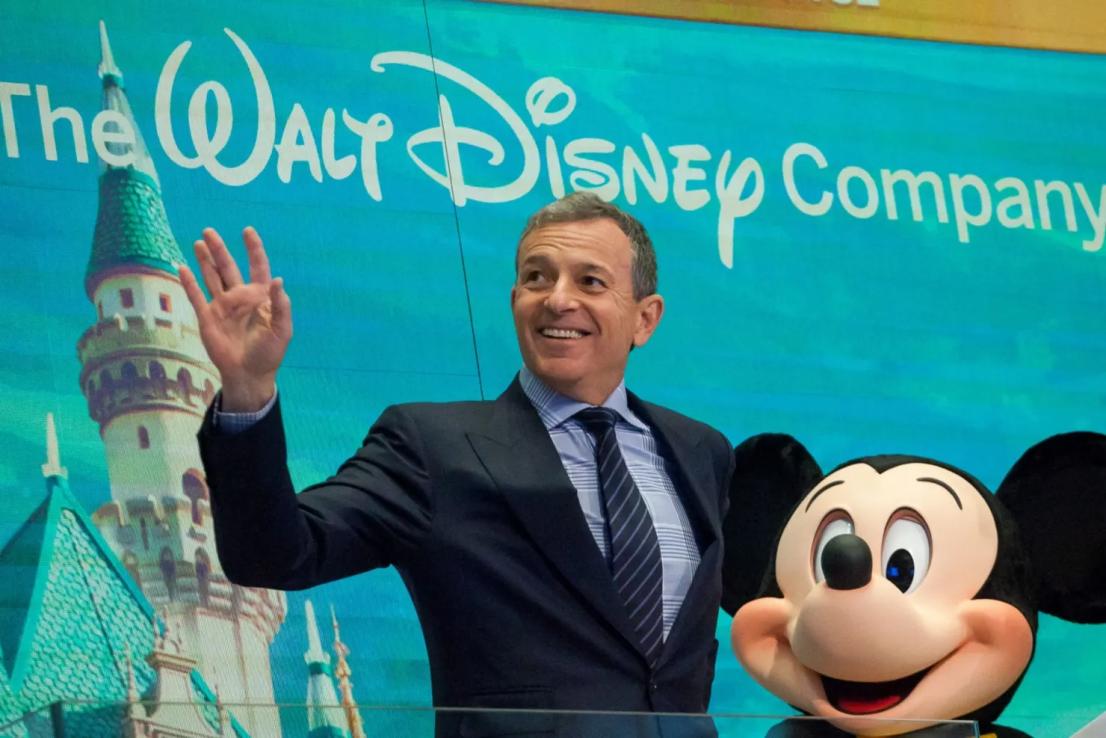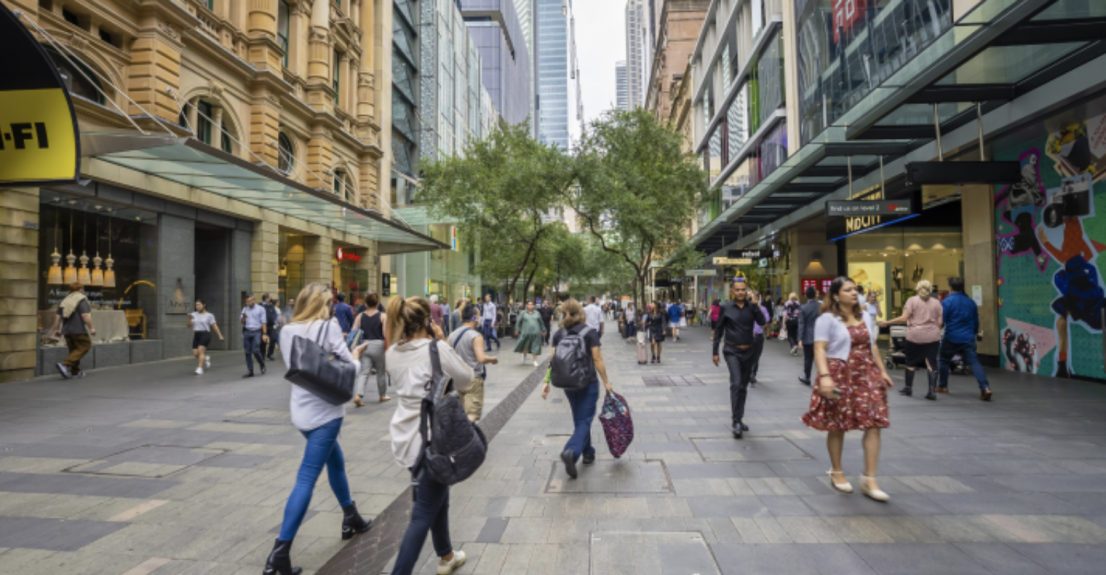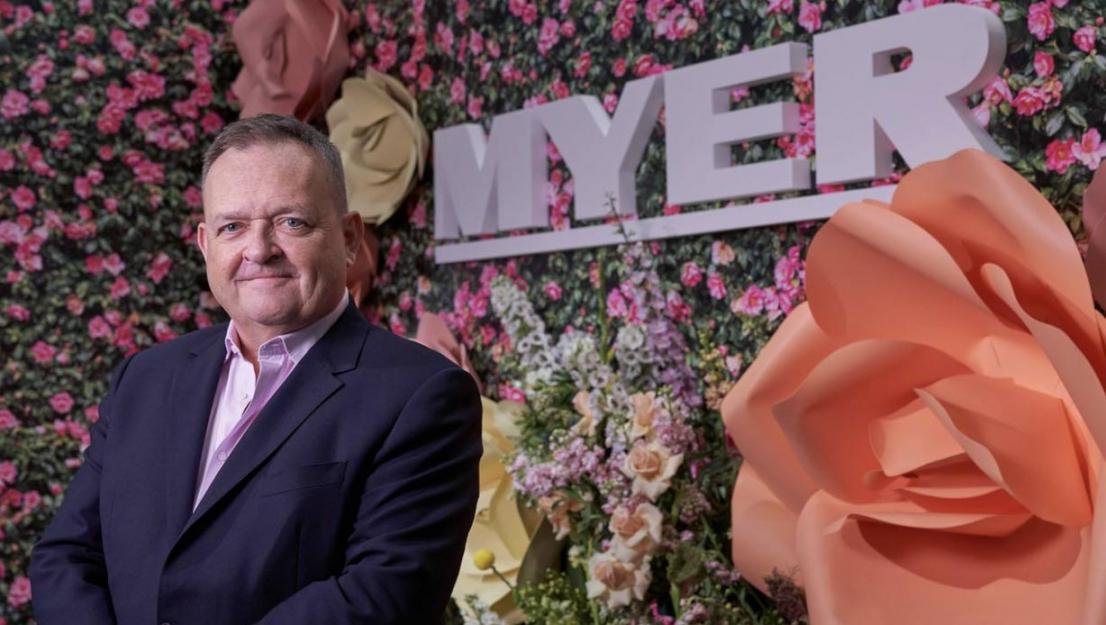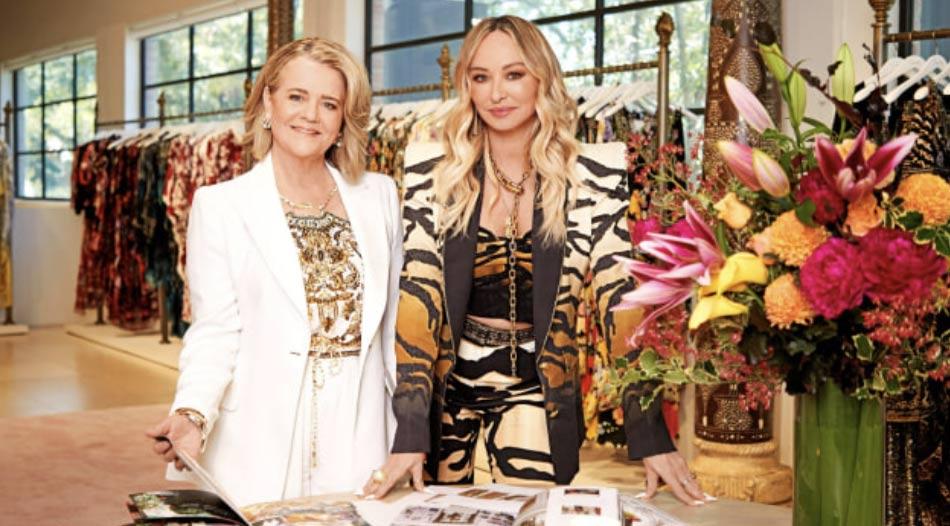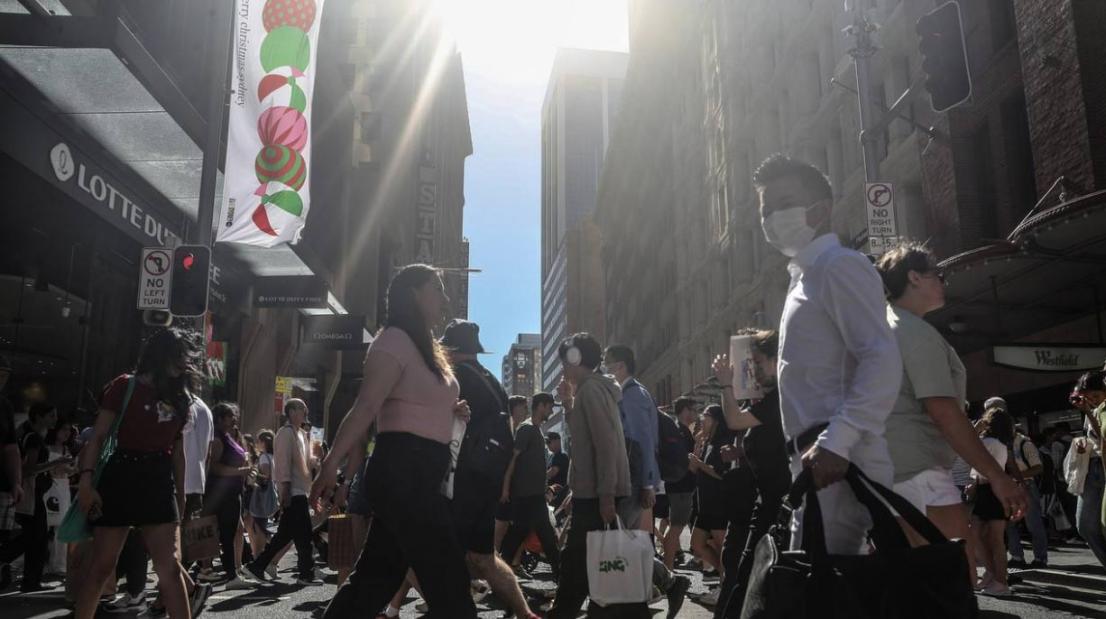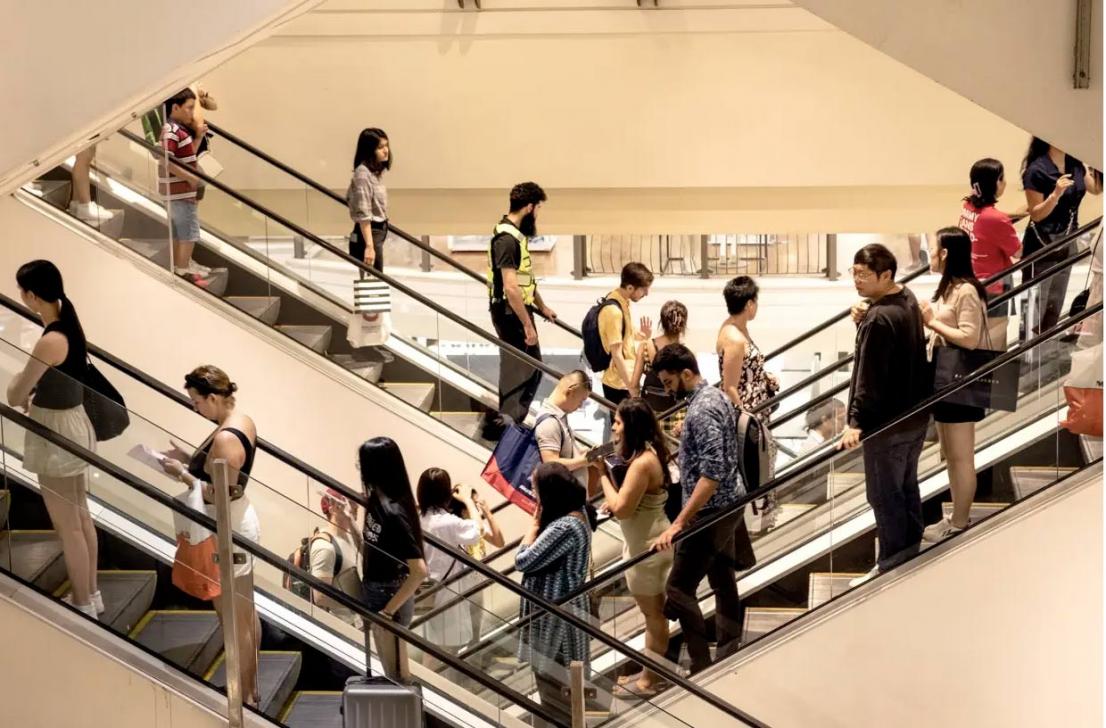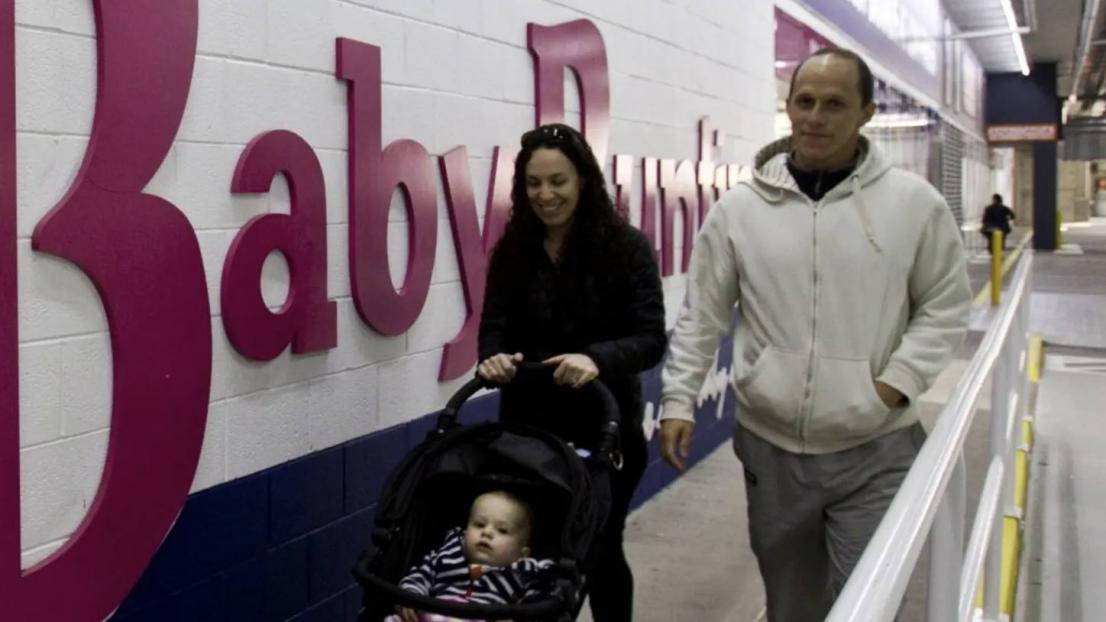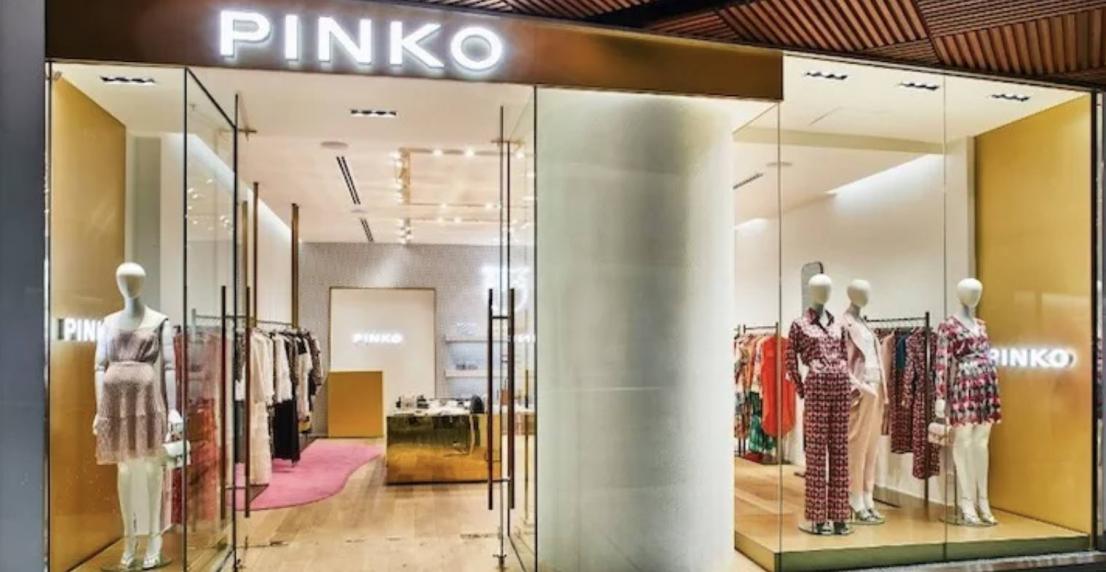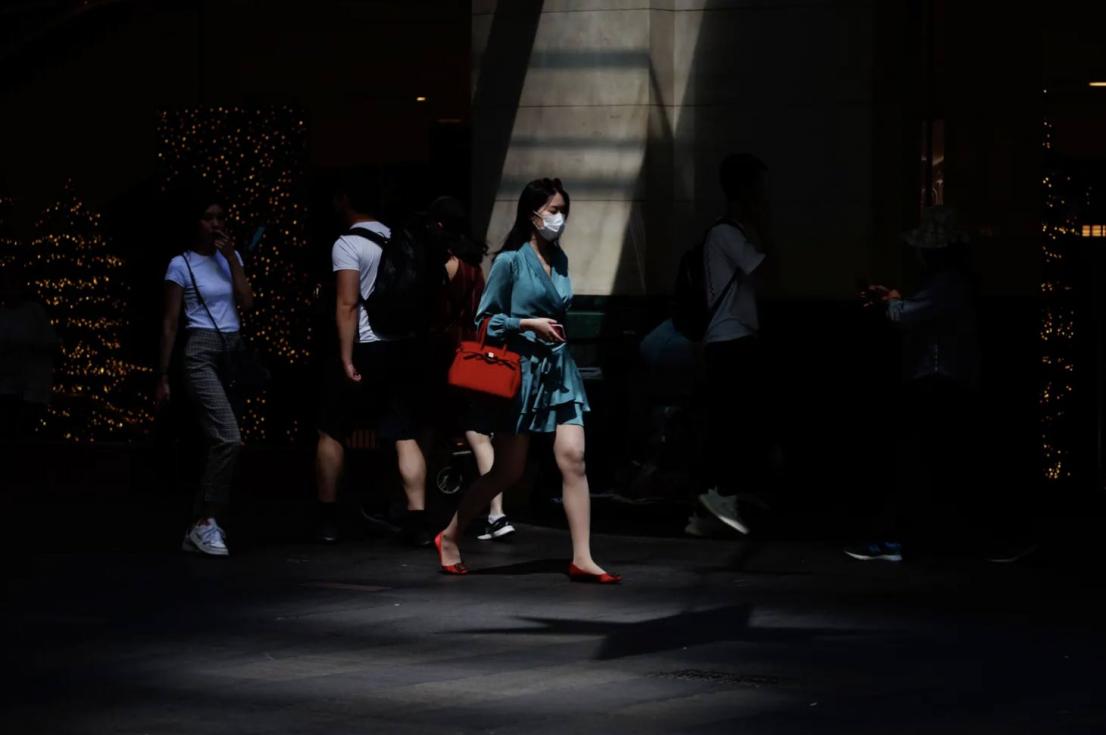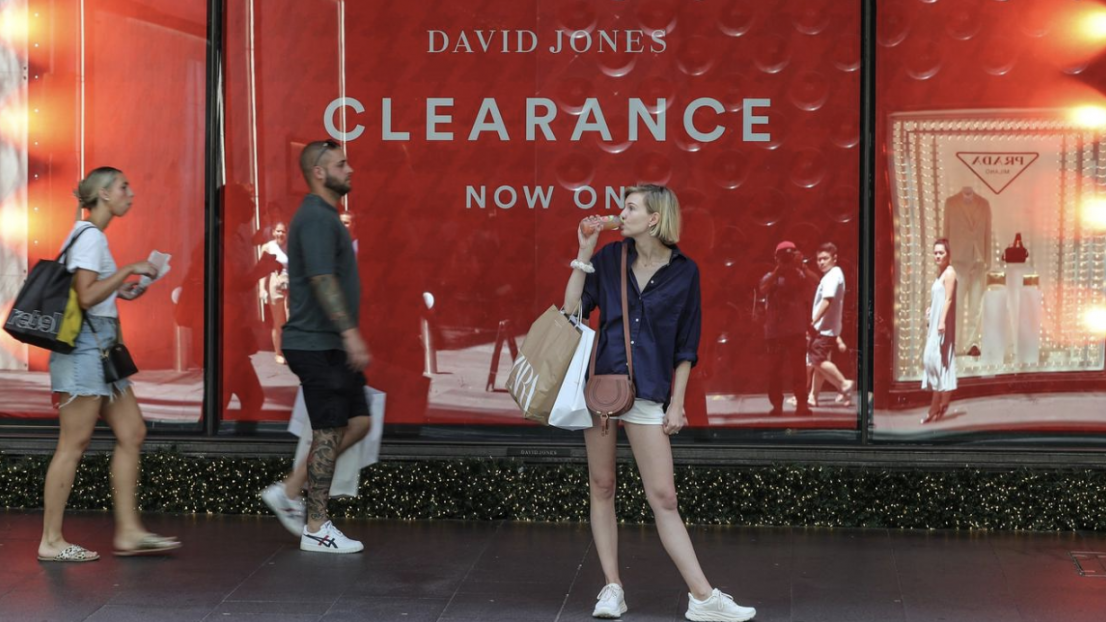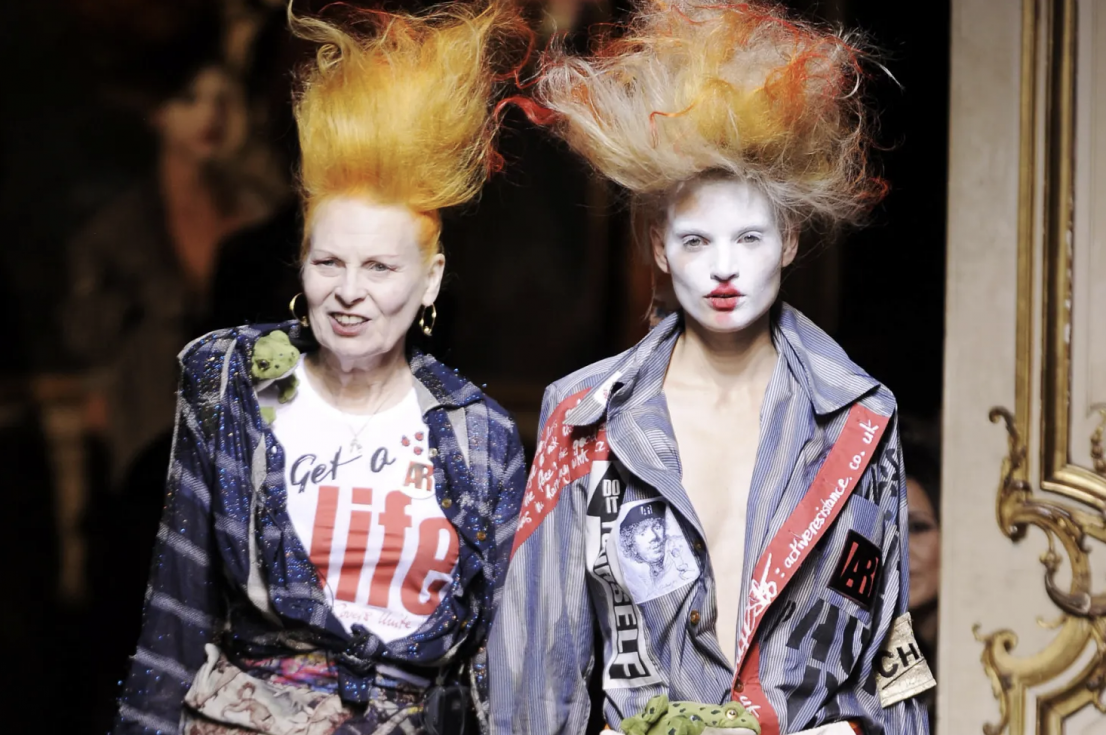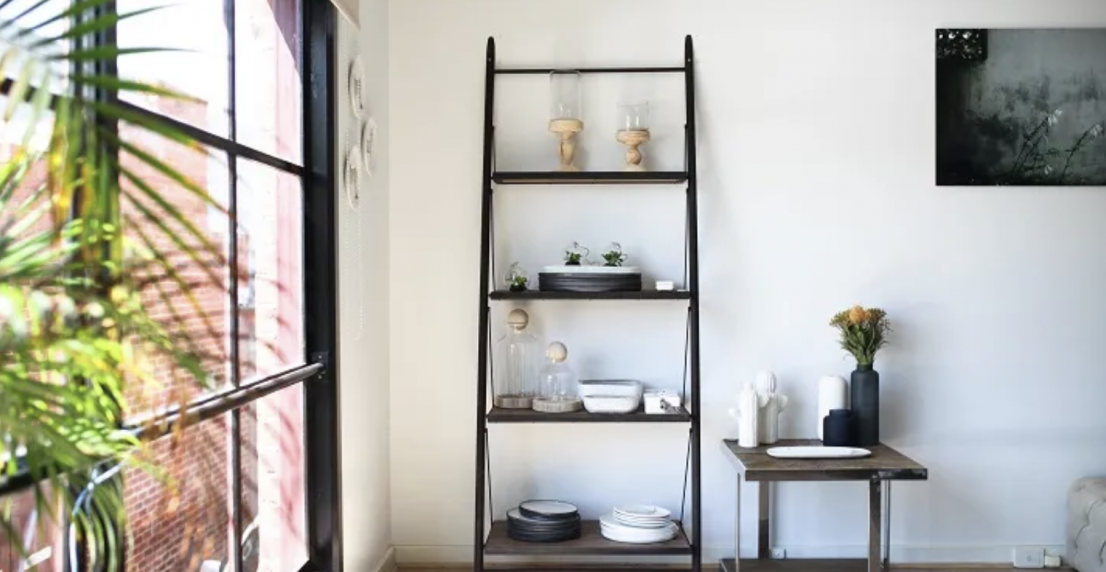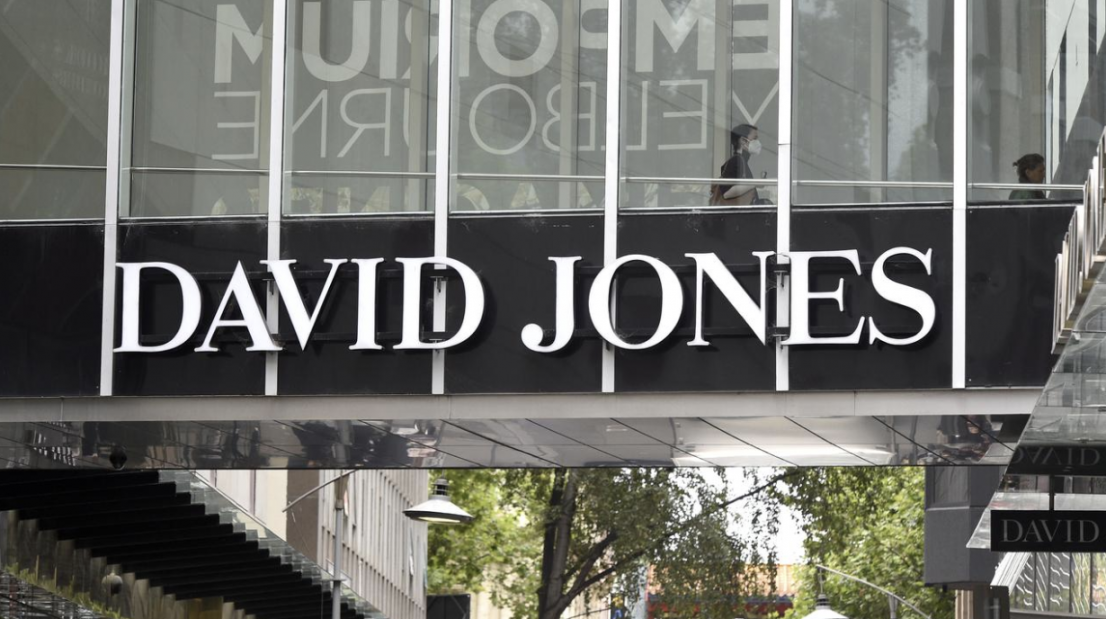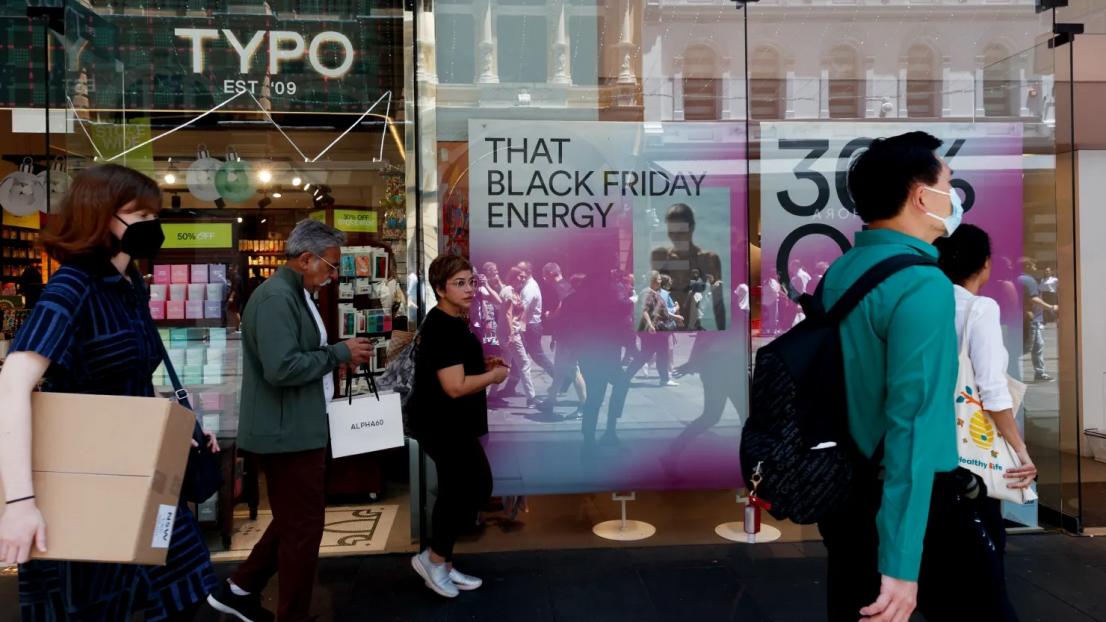
A consumer spending slowdown is setting the scene for a fierce battle on price in the department store sector after a strong start to 2023 by Myer and David Jones.
Analysts warn that while the iconic big two department stores are heading into this year with strong foundations, their discount peers – chains such as Kmart and Big W – may be better placed to capture budget-conscious shoppers as households “trade down” purchases over the next three months.
Australian Bureau of Statistics retail figures for December 2022 showed department store sales took the biggest month-on-month hit of any category, down 14.3 per cent compared with November.
However, recent trading updates from Myer show the company’s sales were up by close to 25 per cent in the first five months to December, while David Jones’ turnover was up 31 per cent.
Morningstar analyst Johannes Faul said the ABS figures needed to be viewed in context of the incredibly strong November for the sector as shoppers flocked to the Black Friday sales.
“It was a decline in December, but on an amazing November,” he said. “Year-on-year, department store sales are up.” The sector generated $1.7 billion in December 2022 – up from $1.5 billion in 2021.
Despite a COVID rebound, overall retail sales growth is slowing, and Faul said he expected shoppers to “dial back” discretionary purchases over the next six months.
That trend could spell trouble for department stores such as Myer and DJs, which sit in the middle of the market, said co-director of RetailOasis, Trent Rigby.
He said as consumer confidence fell and spending slowed, speciality retailers such as The Reject Shop and discount department stores such as Kmart tended to benefit while mid-market operators found it tough to maintain momentum.
“Expecting consumer confidence and spending to continue to trend the way they are for the rest of 2023, then big players within that middle market [like] Myer, Target and DJs will be the worst impacted.”
Director of valuations at global advisory firm Gordon Brothers Brendan Smyth agrees that discount players could see an advantage when shoppers “trade down” discretionary purchases as they search for the lowest price.
“There is going to be more consumers being more conscious about where their dollars are being spent and how they’re spending,” he said.
“Maybe it’s a bit more affordable to go to Myer than it is to DJs, it’s a bit more affordable to go to Kmart than it is to Myer, maybe Big W is even more affordable than Kmart is.”
But Smyth says the discount end of the market will also have its own challenges this year even if they pick up more customers as higher supply chain costs eat into margins.
“Where it’s going to be hard for those discount players is that they sell a lower-margin product, but they need to make margins themselves.”
Kmart and Big W are yet to release trading updates for the past few months, though Big W’s owner, Woolworths, confirmed last November that the store had a 30 per cent jump in sales in the three months to September.
Myer investor Wilson Asset Management is upbeat about the department store’s position going into a slowdown, with portfolio manager Oscar Oberg saying the company’s turnaround plan is on track.
“Over the next six to12 months we will start to see more inbound tourism and more people coming into the city which will be very positive for Myer’s CBD stores. There’s a long way to go [in terms of growth] here and we think the business can generate profit over $100 million per annum very soon.” Oberg said.
Rigby says his team is viewing a bounce-back in the department store model as somewhat temporary, however, warning that the broader challenges facing the entire sector have not gone anywhere.
“The biggest challenge for department stores will be how they attract and maintain a younger digital consumer,” he said.
Smyth believes it will be the brands that match their offers best to budget-savvy shoppers that will have the edge this year.
“Pricing, relevance to the customer and customer experience are all going to be the key things,” he said.



